We all love a bargain. Whether man or woman, we all want to affordably dress better.
Fast fashion has made this possible.
But at what cost? Today's article explores this cost. In this post, we discuss 10 facts about the fast fashion industry.
But first, let's understand what fast fashion is.
Table of Contents
- What is Fast Fashion?
- Facts About Fast Fashion
- #1. Humans Buy 80 billion pieces of new clothing every year
- #2. More than 92 million Tons of Textile Waste Ends Up in Landfills
- #3. Over 90% of donated clothing ends up in landfills rather than being recycled
- #4. Fast Fashion Clothes are Made to Fall Apart Fast
- #4. More than $500 Billion of Value is Lost Every Year Due to Clothing Underutilization
- #5. Fast Fashion is One of the World's Greatest Polluters.
- #6. It takes 20,000 liters of Water to Produce One Kilogram of Cotton
- #7. Over 250,000 Indian Cotton Farmers Have Killed Themselves in the Past 25 Years
- #8. Cotton Farming Uses High Amounts of Pesticides and Insecticides
- #9. Fashion Accounts for 20-35% of Microplastics that end up in Oceans
- #10. Fast Fashion Workers Rights are Strongly Violated
- Buy Clothes from Brands that Promote Slow Fashion
What is Fast Fashion?
Fast fashion is a term used to describe cheap, in-style clothing that moves quickly from the runway to stores.
Based on the styles showcased at fashion week catwalks, these collections allow the average consumer to purchase the latest looks at affordable prices.
And unlike traditional clothing brands that release new collections seasonally, fast fashion companies release new collections on a more regular basis. In certain instances, it's every week.
Sounds great, right?
However, these benefits come with adverse effects, including pollution, exploitation, and unsafe work environments, among other negative effects.
Facts About Fast Fashion
#1. Humans Buy 80 billion pieces of new clothing every year
Even before we get into any pollution facts, it's crucial to understand how many clothes are bought annually.
According to a 2018 study, humans purchase over 80 billion pieces of clothing every year. Compared to the 1990s, this is a 400% increase in the number of clothes consumed.
From this statistic, it's clear that we're buying clothes at a higher rate but only wearing them for a short time before sending them to landfills.
Speaking of landfills, how many clothes end up in landfills every year?
#2. More than 92 million Tons of Textile Waste Ends Up in Landfills
With proper care, clothes can last for years.
However, with the everchanging trends in fast fashion, the lifespan of clothing is artificially reduced, which results in more clothes ending up in landfills.
It's estimated that over 92 million tons of textile waste end up in landfills annually. This is at least three in every five fast fashion items bought.
What about clothes donated to thrift shops and charities?

#3. Over 90% of donated clothing ends up in landfills rather than being recycled
Our article on places to donate clothes mentioned that clothes need to be clean and of good quality when donating.
But did you know that despite the quality, only 10% of the clothes in charity thrift stores are sold? All the rest is either recycled or sent to the landfill.
However, this shouldn't deter you from donating clothes. If you have high-quality clothing that you no longer wear, or no longer fits you, you can check out our articles on where to donate clothes in Canada, America, United Kingdom, and Australia.
However, with fast fashion items, it's near impossible to donate because...
#4. Fast Fashion Clothes are Made to Fall Apart Fast
One common characteristic of fast fashion companies is that they emphasize quantity more than quality.
Thanks to this approach, most clothes from fast fashion brands either lose shape, fades, or falls apart (e.g., zippers break).
The constant changes in trends (now 52 mini-collections a year) also help foster the planned obsolescence business strategy, which is common with fast fashion companies.
With all these clothes going to landfills, one may ask themselves how much money this represents.
#4. More than $500 Billion of Value is Lost Every Year Due to Clothing Underutilization
The high rates of clothes that end up in landfills are among the most significant contributor to this lost value.
Thanks to the low-priced clothes, it's easier for people to throw away clothing once they are out of fashion.
Some fast-fashion companies have also been reported to burn unsold stock to open up space for newer collections.
Combined, these three factors contribute to the $500 billion in lost value.
#5. Fast Fashion is One of the World's Greatest Polluters.
According to the UNEP, fast fashion is the second-largest polluter after the oil industry.
Most fast fashion companies use the open-loop system, which results in dyes and washing solvents ending up in water sources. This wastewater from textile industries contributes to 20% of industrial water pollution.
And that's not all!
The fast fashion industry is responsible for approximately 10% of the global greenhouse emissions. This is more than what the shipping and aviation industries produce combined.
And as if that's not enough!
The United Nations Environmental Program estimates that 8% (expected to rise 49% by 2030) of the total global carbon emissions come from fast fashion-related activities, including pumping water to irrigate cotton, harvesting machinery, and general transport.
Speaking of cotton, what effect does cotton use have?
#6. It takes 20,000 liters of Water to Produce One Kilogram of Cotton
Cotton production is a highly water-consuming process.
In the US, it takes about 8000 liters of water to produce a kilogram of cotton. (This is thanks to irrigation). In India, which is one of the largest cotton producers globally, it takes over 20,000 liters of water to produce one kilogram of cotton.
Producing one cotton t-shirt requires 2700 liters of water, while a pair of jeans requires 7000 liters of water.
In India, the amount of water used to produce cotton annually is enough to supply 85% of its population with 100 liters of water daily.
Speaking of cotton production, what is the impact of fast fashion on cotton farmers?
#7. Over 250,000 Indian Cotton Farmers Have Killed Themselves in the Past 25 Years
A major cause of this high suicide rates is the inability to pay debts accrued from the high production cost of cotton and the increasing demand for this raw material.
The introduction of genetically modified cotton seeds didn't help.
Farmers have been forced to go into debt to purchase genetically modified seeds. Unfortunately, these accruing debts have resulted in an average suicide rate of 10,000 farmers per year.
#8. Cotton Farming Uses High Amounts of Pesticides and Insecticides
Cotton farming is also a chemical-intensive process.
In India, cotton farmers are the largest users of pesticides and insecticides. Globally, cotton farming contributes to 18% of pesticide use and 25% of insecticides used.
This high use of pesticides and insecticides is harmful to the environment, farmers, and their families.
And it's not only cotton; even the synthetic materials also have a dark side:

#9. Fashion Accounts for 20-35% of Microplastics that end up in Oceans
Washing clothes made of polyester or nylon results in the release of millions of microfibers to water sources.
Once these micro-fibers are released to water sources, they absorb other toxic chemicals and are then ingested by smaller sea creatures, which larger fish then eat. In short, micro-plastics from polyester and nylon fabrics ends up in the food chain.
You can reduce microplastic production by buying clothes less often and buying clothes made from eco-friendly materials.
In our article on how to take care of clothes in an eco-friendly way, we mentioned using a wash bag and hand washing your clothes as some of the ways to prevent micro-plastic release to the environment.
#10. Fast Fashion Workers Rights are Strongly Violated
It's a known fact that fast fashion companies' production facilities are located in developing countries.
To keep costs low, these companies will hire low-cost labor. These employees are forced to work for long hours in dangerous environments and meager pay.
According to an Oxfam study, 90% of Bangladesh textile workers cannot afford enough food for themselves and their families. And it's not only Bangladesh workers; low pay is common among fast fashion companies.
Fast fashion brands also don't put any effort into maintaining gender equality in production facilities. This is because most people working in production facilities are women.

Buy Clothes from Brands that Promote Slow Fashion
Now that you know the actual cost of that cheap outfit, what are the next steps to take?
One of the first steps you can take is to reduce your frequency of buying new clothes. And if you must buy new clothes, go for high-quality clothes that have a longer lifespan.
Northbound Gear produces such clothes.
At Northbound Gear, we are anti-fast fashion. Our primary focus is providing you with quality apparel that will last for years without the need to send it to the landfill.
We also conduct regular inspections of our production facilities to ensure our workers are treated with dignity and respect.
Our production process also emphasizes the use of eco-friendly materials that are safe for the environment.
You can check out our line-up of high-quality eco-friendly products here.
Read more

Discover why over 100,000 outdoor enthusiasts trust Northbound Gear for their adventures! Our water-resistant, windproof, and durable apparel is designed for hiking, trekking, and all-season explor...

Looking for outdoor clothing supplier? In today’s competitive retail environment, choosing the right online marketplace is crucial for growth and visibility. With numerous platforms available, it’s...
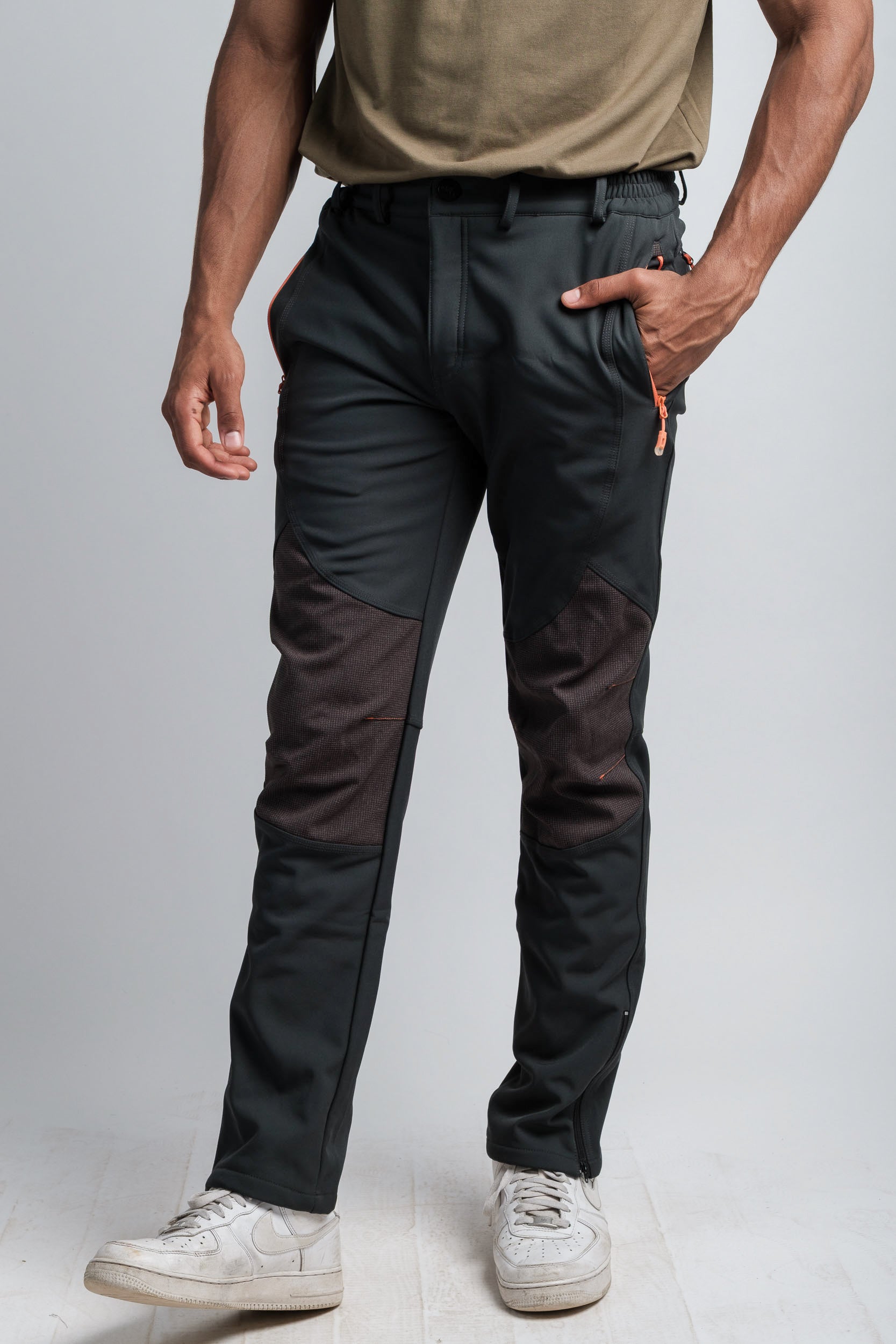

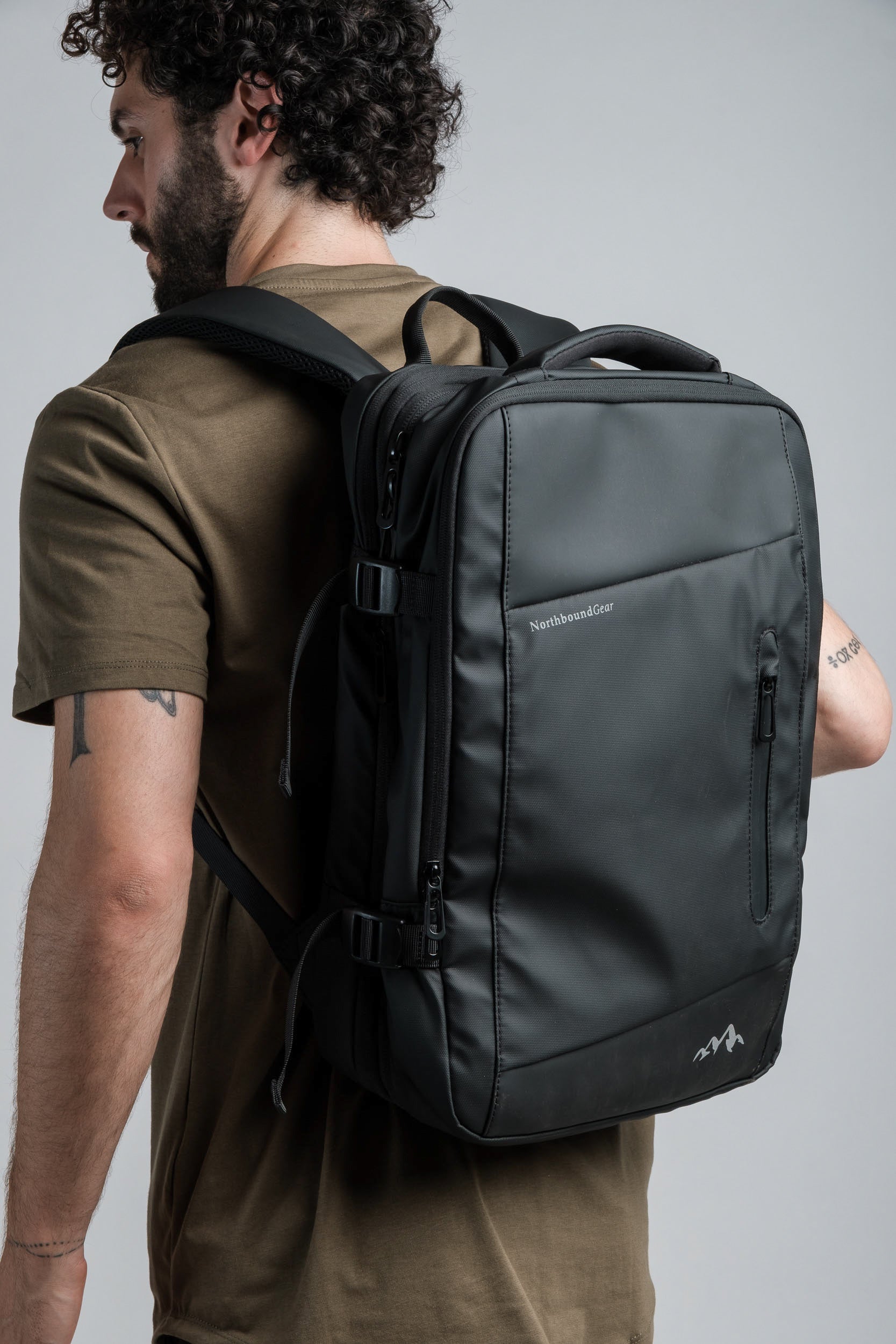
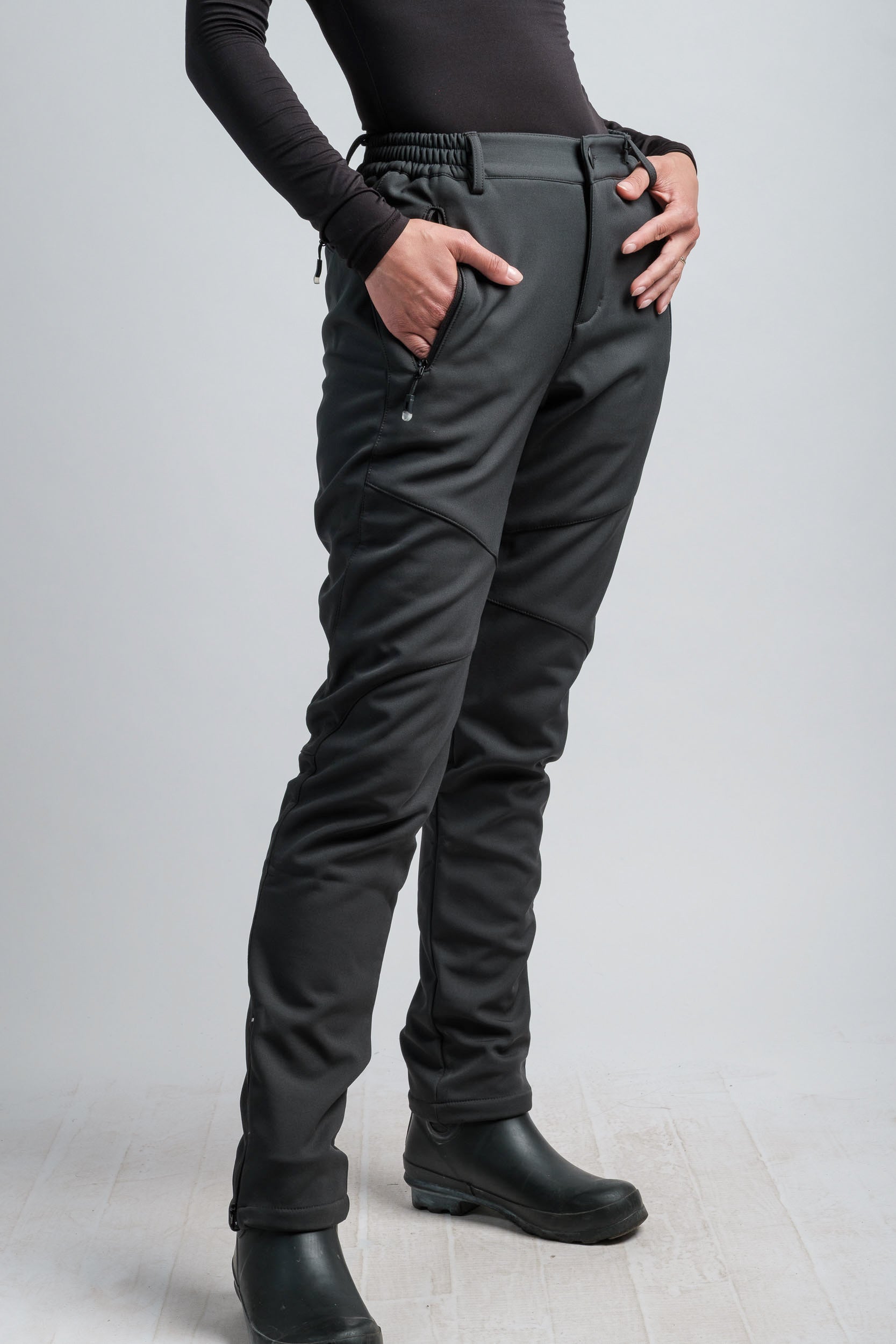
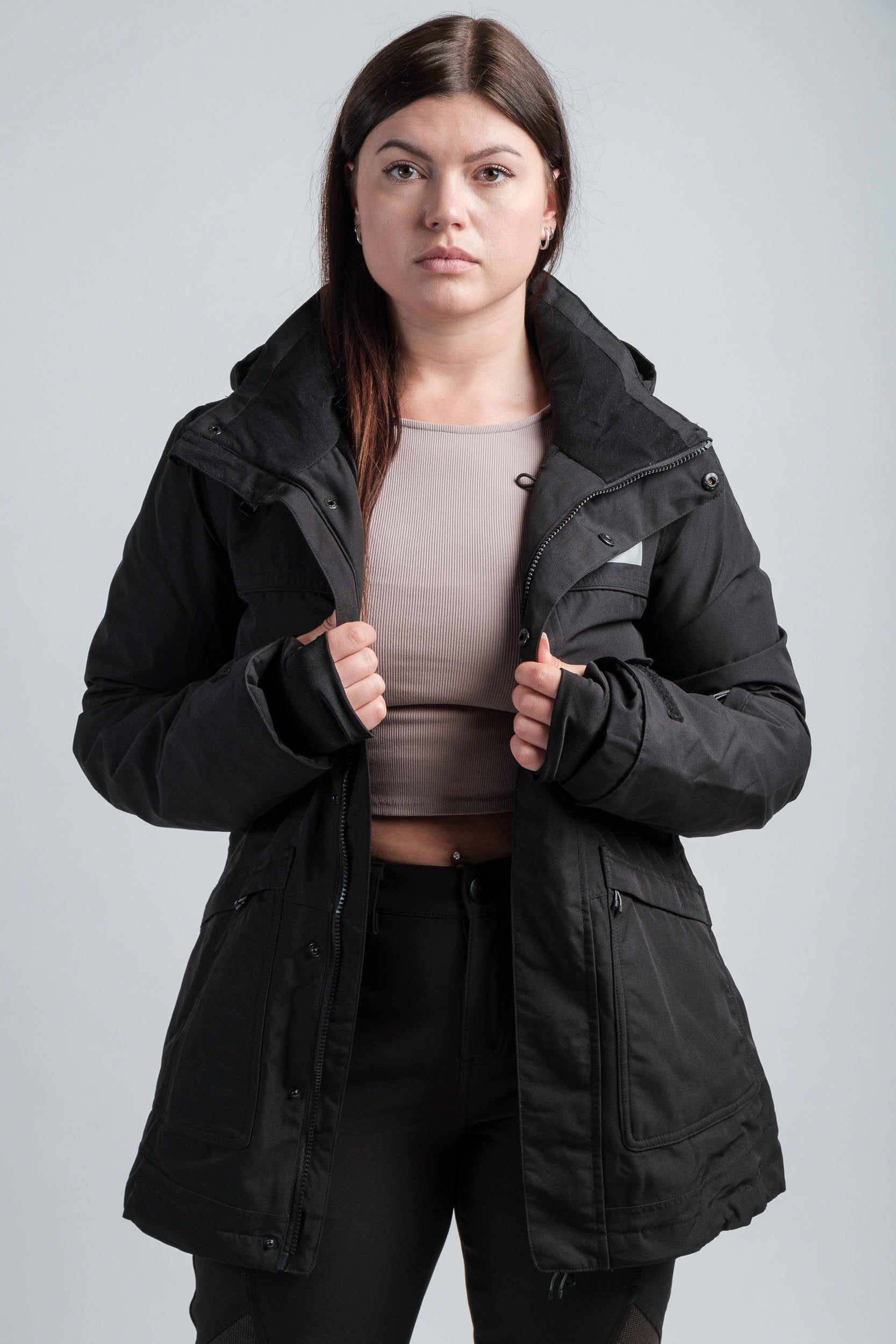
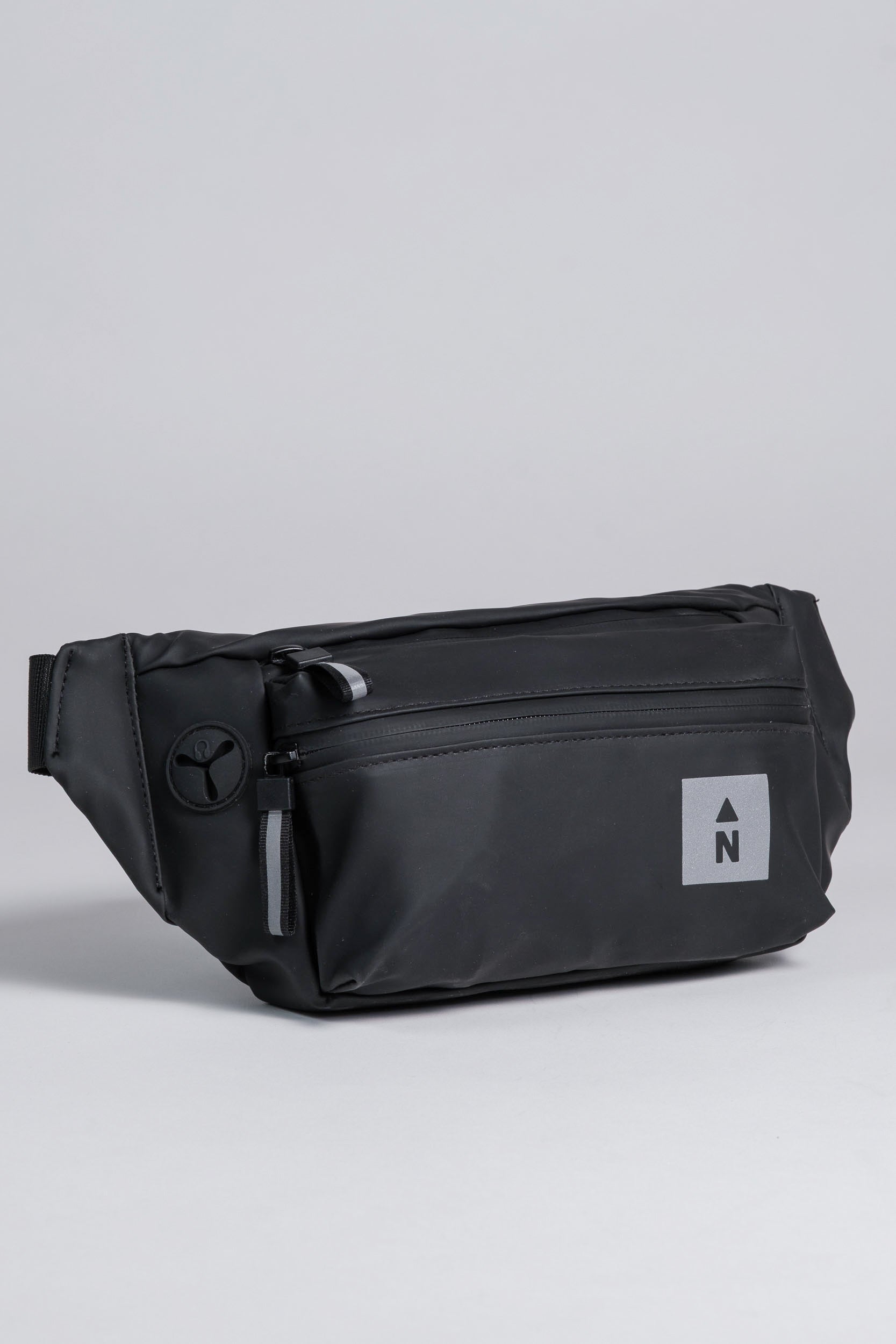

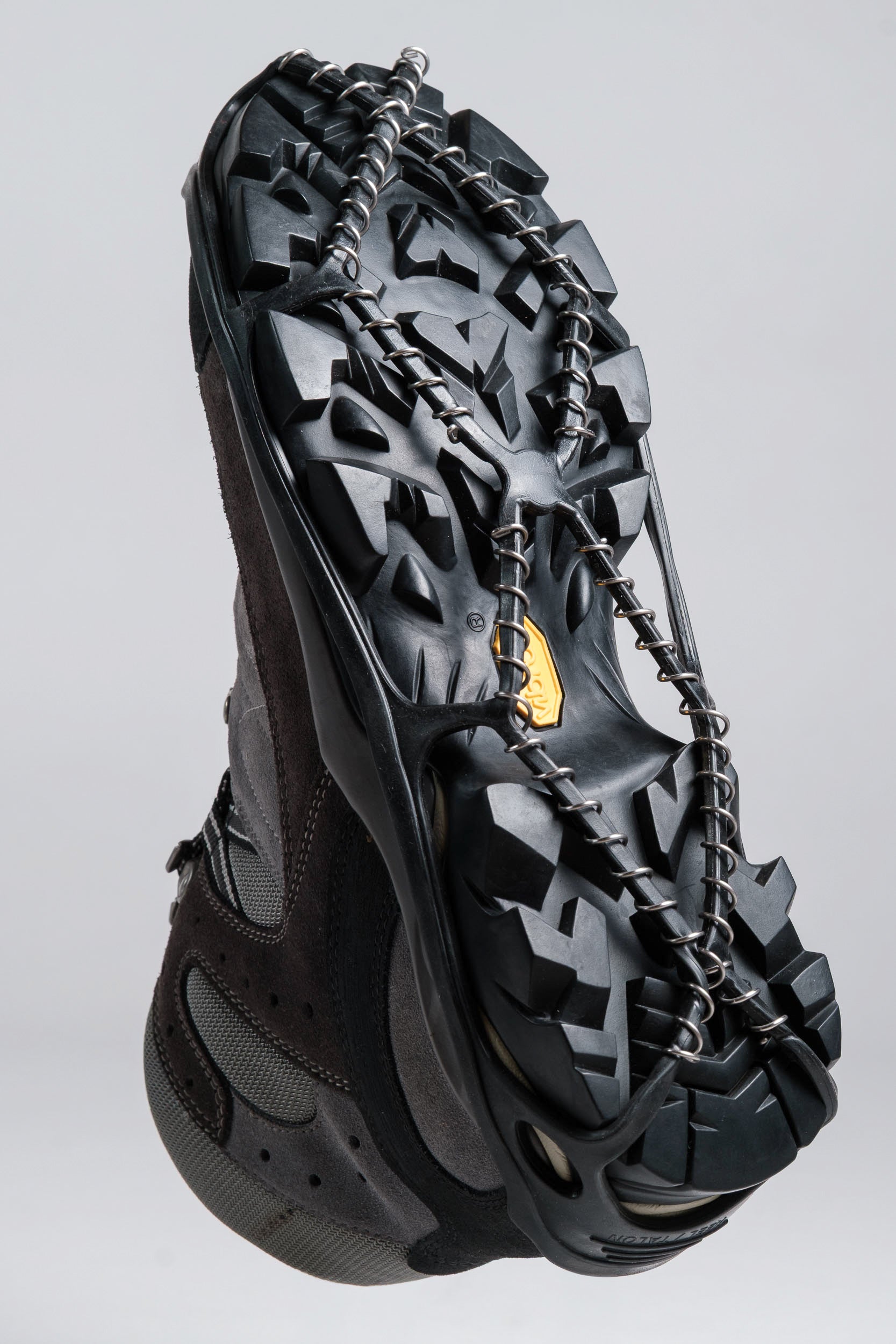
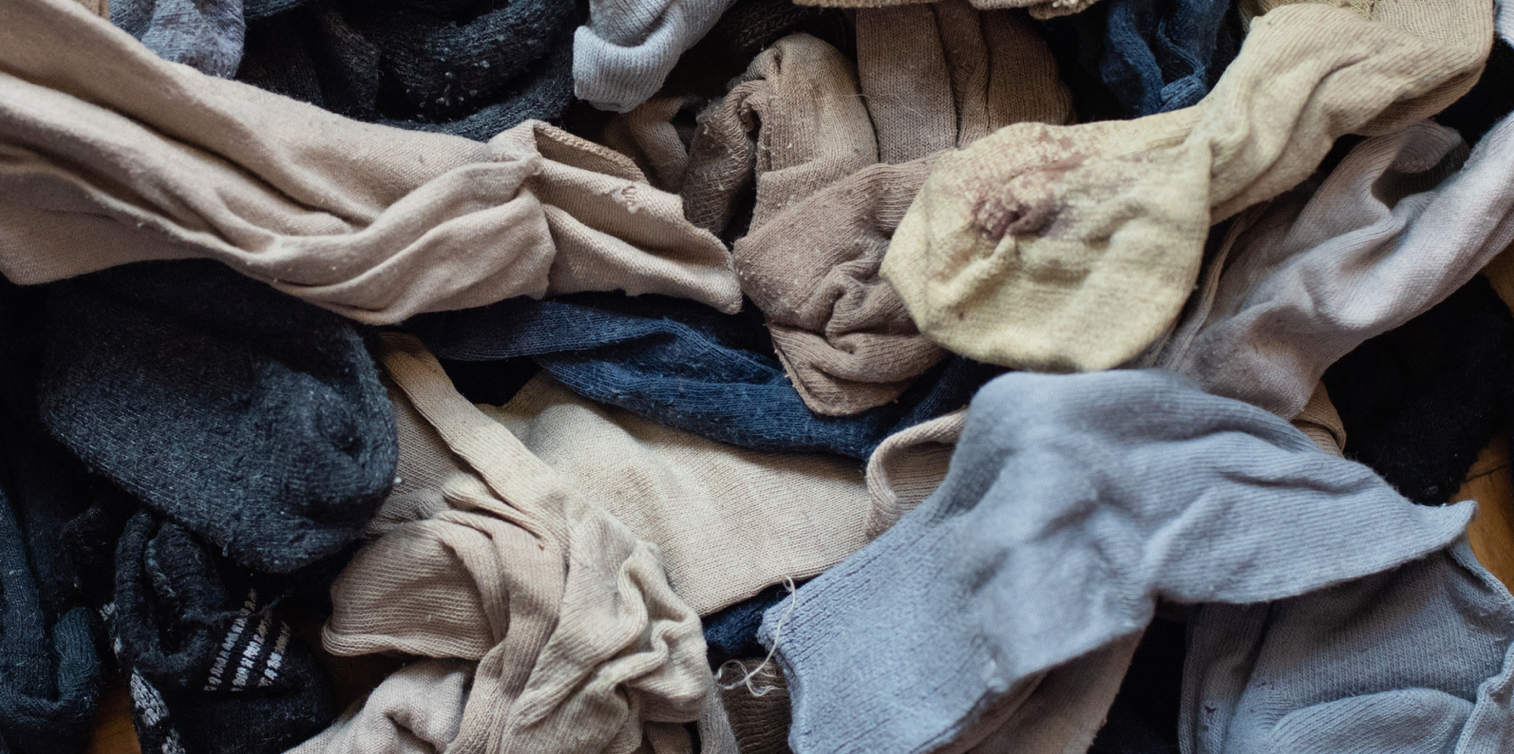
Leave a comment
All comments are moderated before being published.
This site is protected by hCaptcha and the hCaptcha Privacy Policy and Terms of Service apply.